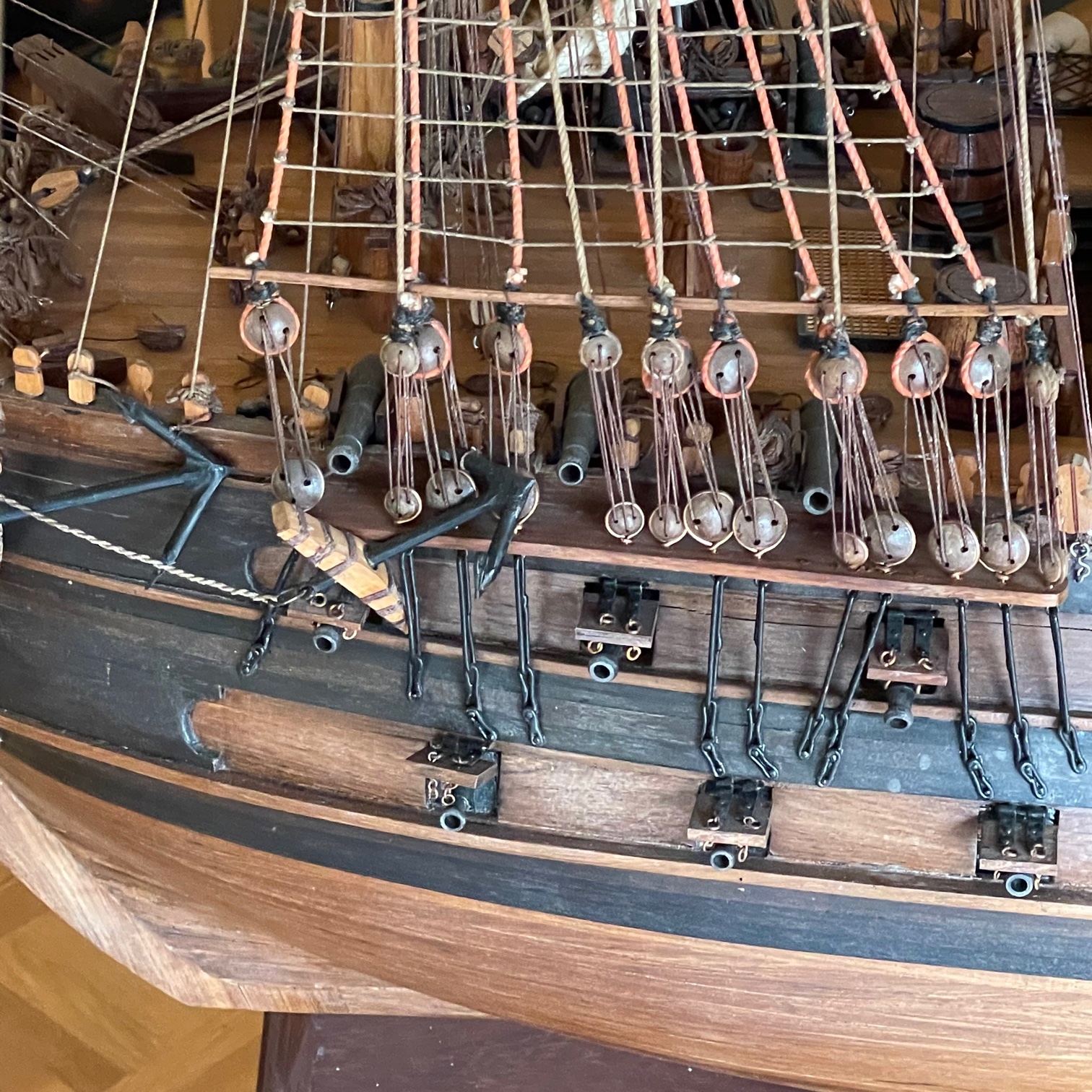

This constructive characteristic affects strength since the interface between layers becomes weak points. This process makes the resolution defined by the size of the extrusion nozzle since there are voids in between the rounded lines at each layer.įurthermore, FDM printing produces a mechanical bond between layers. Difference in Print quality between FDM and SLA Printers Same part printed with an FDM Printer (left) and an SLA printer (right)įDM printers build pieces by layering molten filament on a print bed.
Maquette length pro#
Having said that, it is possible to get high-quality hobbyist SLA printers such as the Elegoo Mars 2 Pro for around $200.

Maquette length professional#
Professional SLA desktop printers start at $3,500 and large-format benchtop printers which offer a bigger build volume are about $11,000. SLA technology used to be available only for the expensive industrial-grade segment, but fortunately, the process has become much more accessible nowadays.

This is probably why it is the most widely used 3D printing method among hobbyist 3D printers and for such cases where only relatively simple prototypes in limited numbers are printed. While FDM printers work by extruding and depositing layers of melted thermoplastic filament on a print bed, SLA printers use a laser to selectively cure liquid polymer resin, layer by layer, in a process called photopolymerization.ĭespite the fact that there exists a wide price range, the lowest cost 3D printers are most often than not FDM ones. Fused deposition modeling (FDM) and stereolithography (SLA) are the two most popular and widespread types of 3D printers you can find on the market these days. Once you’ve read this article you will be able to calculate the cost of your production ensuring that you have found a balance between lowering costs and keeping high quality. Conservatively, if you operate the machine 8 hours per day during working days (252 days/year), this translates to a yearly cost of $695. This not only includes filament consumption (15 cents per hour), but also electricity costs (1.58 cents per hour), nozzle replacement (1 cent per hour), and the amortization of the machine ($0.17 per hour). In this article, we will explore many other factors that will end up impacting the final cost of running a 3D printer, such as material costs for different 3D printing technologies, as well as electricity costs, post-processing materials, and costs related to the previous design of the model.Īn active 3D printer costs roughly $0.35 per hour.

Maquette length full#
But comparing printer prices won’t always tell you the full story about how much your printed piece will cost. The printer’s price can vary a lot because of the wide range of applications that exists. To ensure that you’re getting the most bang for your buck when using 3D printing technology, sometimes, calculating printing costs will be needed, especially if the aim is to market the printed pieces.


 0 kommentar(er)
0 kommentar(er)
